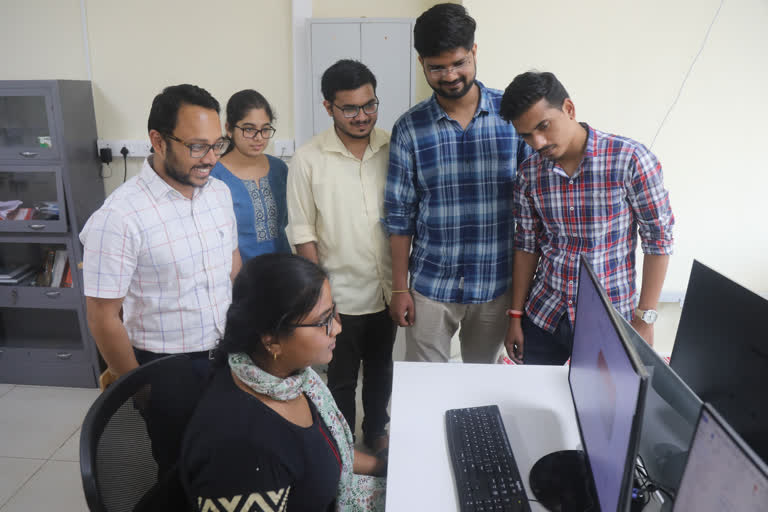Chennai: Researchers at the Indian Institute of Technology, Madras (IIT-M), on Wednesday said Artificial Intelligence tools were used to study the production of fuel from biomass. Computer simulations and modeling studies can provide quicker insights that can be used to build the processes and plants for biomass processing, IIT Madras said.
"Gaining such understanding through hands-on experiments will be time-consuming and expensive and as such, computer simulations and modeling studies can provide quick insights into developing biomass conversion processes," IIT-M said.
The research was led by assistant professor Dr. Himanshu Goyal and professor Dr. Niket S Kaisare.
"With increasing environmental concerns associated with petroleum-derived fuels, biomass is the practical solution not in the conventional sense of directly burning wood, cow dung, and coal, but as a source of energy-dense fuel," the release said.
Researchers all over the world were finding methods to extract fuel from biomass such as wood, grass, and waste organic matter.
"There is an urgent need to train the next-generation engineers on high-performance computing and machine-learning skills so that they can address some of the biggest challenges before us, such as developing zero-emission technologies to tackle climate change," Goyal said.
While models used across the globe were to understand the conversion of biomass into fuels and chemicals, most models take a long time to become operational. Artificial intelligence tools such as machine-earning can hasten the modeling processes.
The IIT-M team used the machine-learning method called recurrent neural networks to study the reactions that occur during the conversion of biomass into energy-dense syngas (gasification of biomass), the release said.
"The novelty of our machine-learning approach is that it is able to predict the composition of the biofuel produced as a function of the time the biomass spends in the reactor," Kaisare said. "We used a statistical reactor for accurate data generation, which allows the model to be applied over a wide range of operating conditions," he added.
(PTI)




